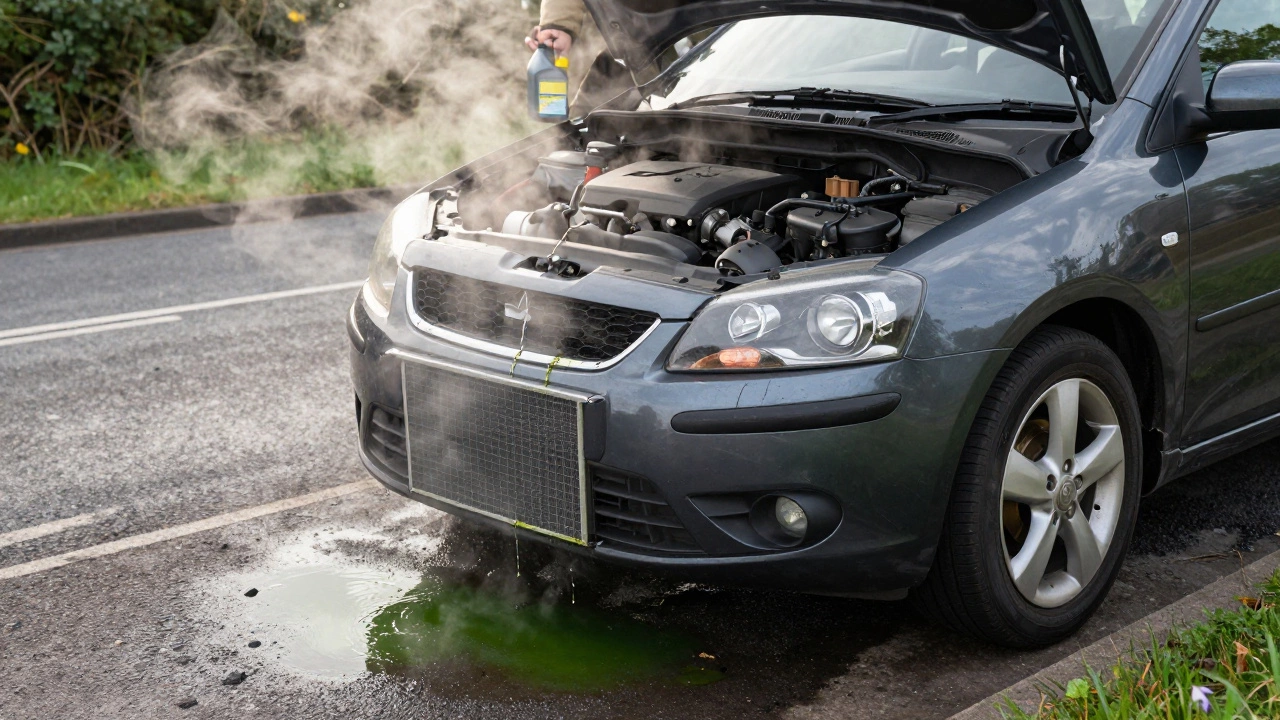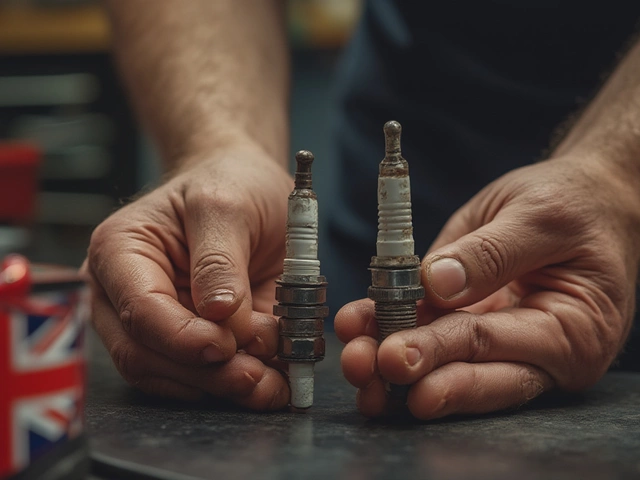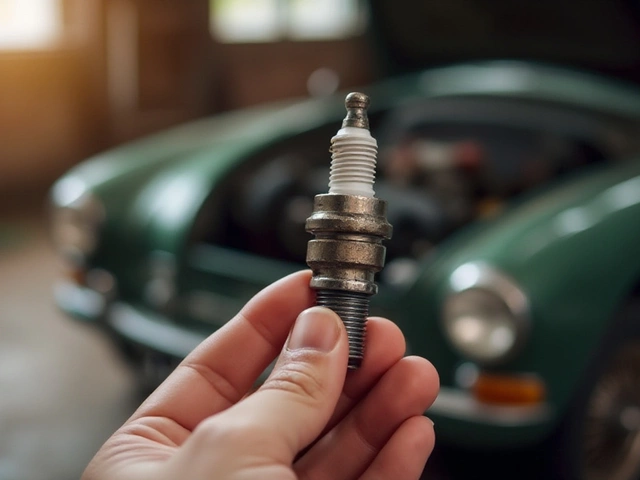Car Overheating: What Causes It and How to Fix It
If your dashboard lights up red and the temperature gauge climbs fast, you’ve got an overheating car. It’s not just an inconvenience – it can wreck the engine if you ignore it. The good news is most overheating problems are easy to spot and cheap to fix. Below we break down the top reasons your car gets hot and give you a step‑by‑step plan to cool it down before it bites.
Common Reasons Your Car Gets Hot
First, know where the heat comes from. The cooling system circulates coolant through the engine, absorbs heat, and dumps it out via the radiator. Anything that blocks that flow can cause the temperature to spike.
Low coolant level. A leak, worn hose, or simply forgetting to top up after a service leaves the system short on fluid. Without enough coolant, the engine can’t shed heat.
Bad thermostat. The thermostat opens at a set temperature to let coolant move. If it sticks closed, hot fluid stays trapped and the engine overheats fast.
Clogged radiator. Dirt, rust, or a broken fan blade can reduce airflow. When the radiator can’t release heat, the temperature gauge climbs.
Water pump failure. The pump pushes coolant around. A squealing pump or a leak at the pump shaft means the circulation slows or stops.
Broken fan. Electric or belt‑driven fans pull air through the radiator when the car is idle or moving slowly. A failed fan makes a big difference in city traffic.
Other culprits include a cracked engine block, a blown head gasket, or using the wrong type of coolant. Most of these show up as a warning light, steam from the hood, or an unusually hot smell.
Simple Steps to Cool Down an Overheating Engine
When the gauge starts climbing, pull over safely and turn off the engine. Give it a few minutes to settle – this lets the pressure drop and reduces the risk of hot coolant spraying.
Next, open the radiator cap **only** if the engine is cool enough to touch. If it’s still hot, skip this step and call for help. A safe way to check is to place a hand on the radiator hose; if it feels warm but not scalding, you can open the cap slowly to let steam escape.
Once the pressure is released, add a mix of water and antifreeze if you have it. Even plain water will help bring the temperature down until you reach a garage.
After refilling, start the engine and let it idle. Keep an eye on the temperature gauge. If it stays near normal, you can drive slowly to the nearest repair shop. If it spikes again, shut the engine off and wait.
While you’re waiting for help, check the visible parts:
- Look for coolant leaks around the radiator, hoses, and water pump.
- Make sure the fan blades spin freely; a stuck fan can be nudged back into place.
- Listen for a high‑pitched squeal that might signal a slipping belt driving the water pump.
If you find a leak, you can temporarily seal it with a commercial radiator sealant – just follow the product instructions. Remember, this is a stop‑gap, not a permanent fix.
Finally, schedule a proper inspection. A mechanic will pressure‑test the cooling system, check the thermostat, and replace any worn parts. Regular maintenance – checking coolant level, flushing the system every 30,000 miles, and keeping the radiator clean – keeps overheating at bay.
Overheating is rarely a mystery. Spot the warning, take quick action, and keep your car’s cooling system in good shape. Stay safe, stay cool, and enjoy the road without the heat.
 1 December 2025
1 December 2025
Can You Drive a Car with a Cracked Radiator? What Happens and What to Do Instead
Driving with a cracked radiator risks engine damage in minutes. Learn the signs, why temporary fixes fail, and what to do instead to avoid costly repairs.
 12 June 2025
12 June 2025
Best Repair for a Cracked Radiator: What Actually Works?
A cracked radiator can ruin your day—leaving you stranded or watching your temperature gauge rocket up. This article digs into which repair methods actually hold up, from quick fixes to long-term solutions. We'll cover signs you shouldn't ignore, explain repair options in plain English, and throw in tips that could save you hundreds. You'll even get a sense of when it's time to throw in the towel and replace the whole thing. Stop wasting time and money—get straight answers here.
Latest Posts
-

Spark Plug Lifespan: How Long Do Spark Plugs Really Last in Your Car?
-

What Helps a Bad Fuel Pump? Fixes, Temporary Solutions, and When to Replace It
-

Understanding Car Tire Costs and What Influences Price
-

Replace Spark Plugs Yourself: A Handy DIY Guide
-

How to Identify and Fix Faulty Spark Plugs in Your Vehicle

0